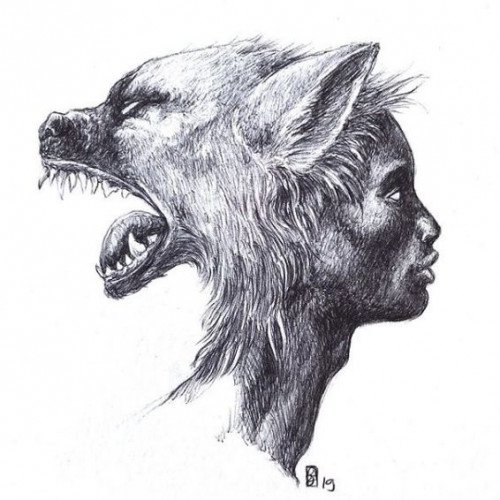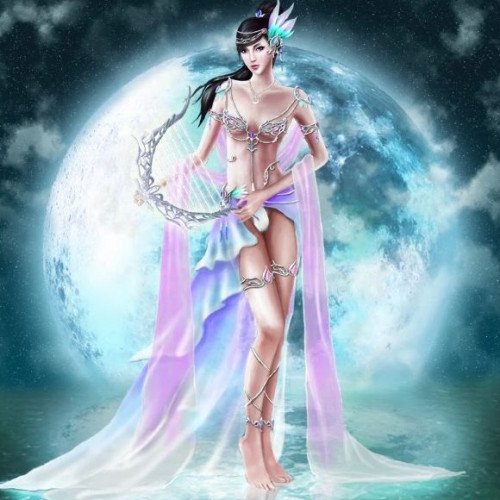Kishi (folklore) VS Asteria (mythology)

Kishi (folklore)
The kishi is a two-faced demon in Angola. According to legend, a kishi has an attractive human man's face on the front of its body and a hyena's face on the back. Kishi are said to use their human face as well as smooth talk and other charms to attract young women, who they then eat with the hyena face. The hyena face is said to have long sharp teeth and jaws so strong they cannot be pulled off anything it bites. The word kishi, nkishi, or mukisi means "spirit" in several Bantu languages spoken in Zaire, northern Zambia, and Angola.
Statistics for this Xoptio

Asteria (mythology)
In Greek mythology, Asteria (; Ancient Greek: Ἀστερία, "of the stars, starry one") was a name attributed to the following eleven individuals: Asteria, a Titaness. Asteria or Astris, daughter of Helios and Clymene or Ceto, one of the Heliades. She married the river god Hydaspes (the modern Jhelum River) and became mother of Deriades, king in India. Asteria, one of the Danaïdes, daughters of Danaus who, with one exception, murdered their husbands on their wedding nights. She was, briefly, the bride of Chaetus. Asteria, one of the Alkyonides. Along with her sisters, she flung herself into the sea and was transformed into a kingfisher. Asteria, daughter of Hydeus, was the mother of Hydissos by Bellerophon. Her son is known for having founded a city in Caria which was named after him. Asteria, daughter of Coronus, and Apollo were possible parents of the seer Idmon. Asteria or Asterodia, mother of Crisus and Panopeus by Phocus. Asteria, daughter of Teucer and Eune of Cyprus. Asteria, the ninth Amazon killed by Heracles when he came for Hippolyte's girdle. Asteria, an Athenian maiden who was one of the would-be sacrificial victims of Minotaur, portrayed in a vase painting.Christoph Willibald Gluck gave the name Asteria to one of the characters in his 1765 opera Telemaco, though the name did not appear in Homer's Odyssey on which the opera was based.